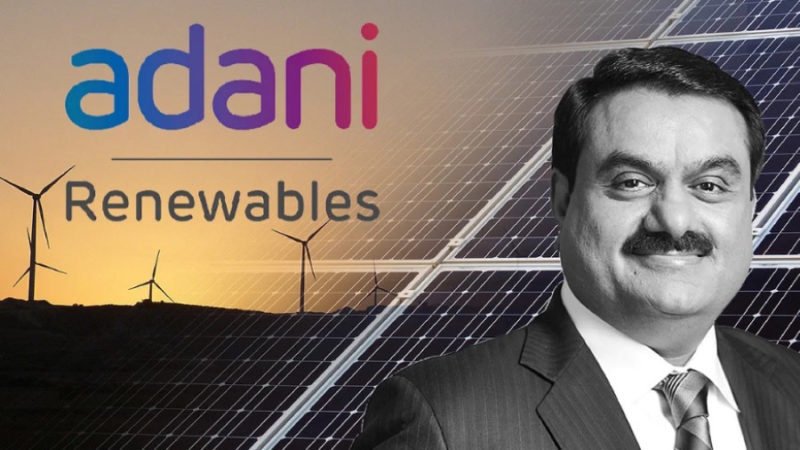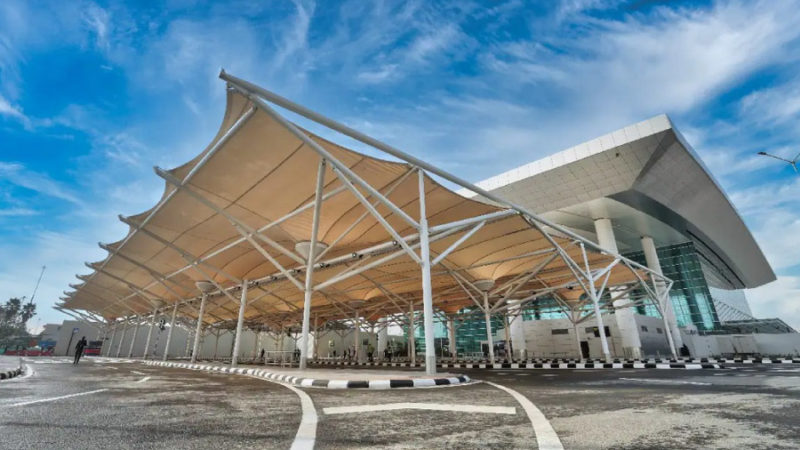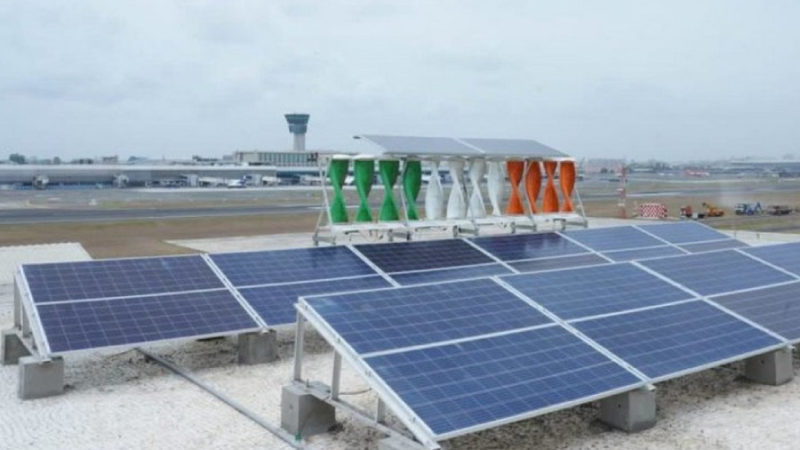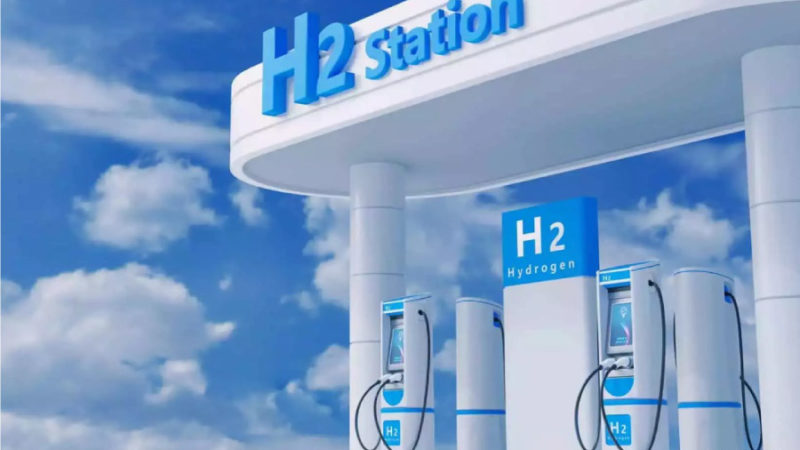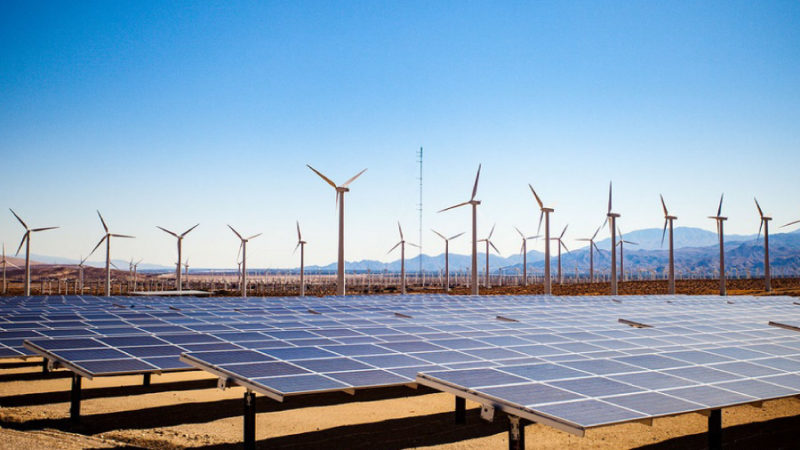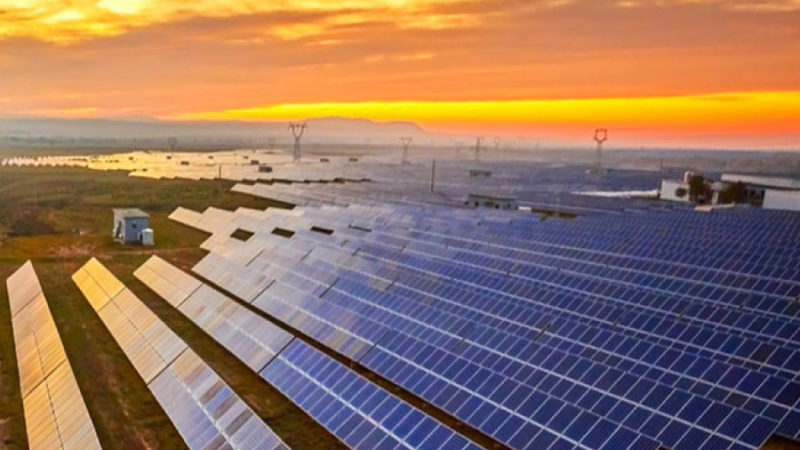Budget 2022: Industry Expectations
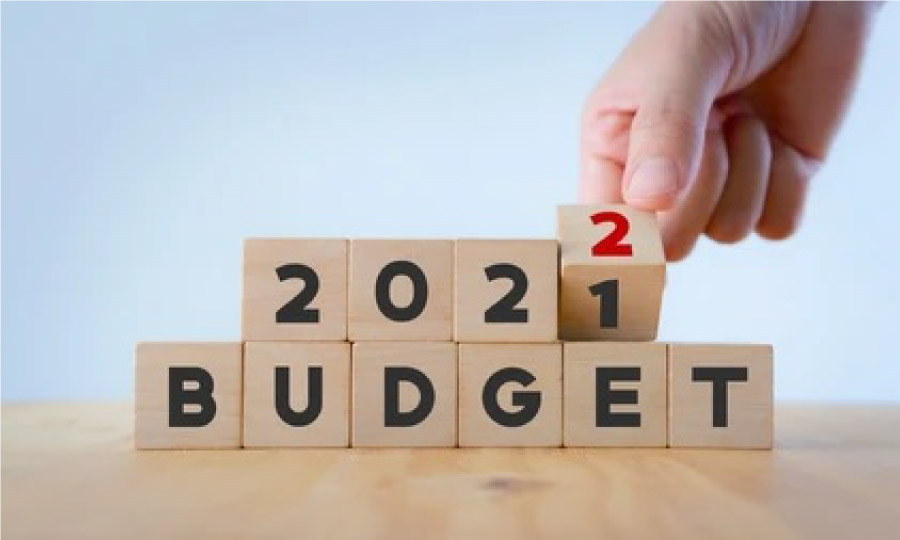
The Power & Renewable Industry Expectations ahead of Union Budget 2022 scheduled for presentation on 1 February, 2022 in Parliament.
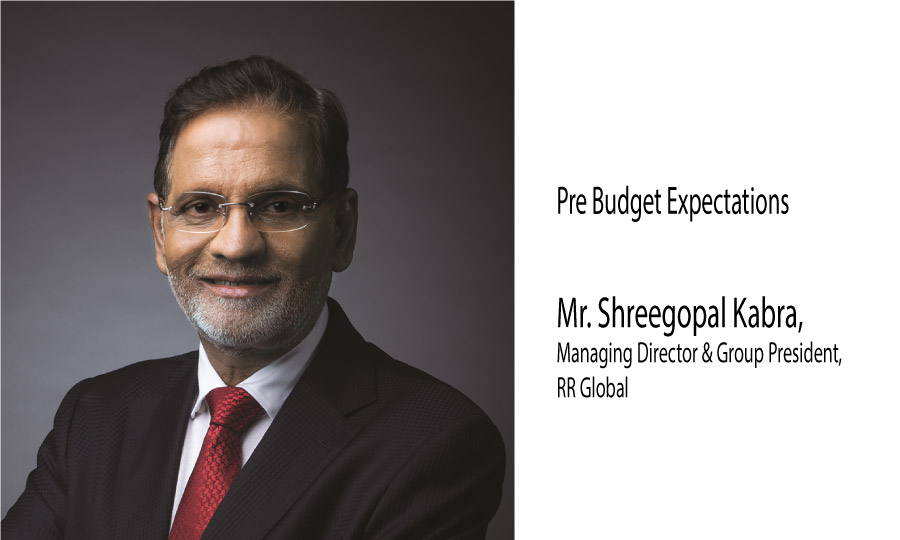
“The wires & cables industry in India has always been an essential part of the manufacturing industry. With the upcoming Union Budget, we would like to see the government’s increased focus on sectors such as infrastructure, healthcare and affordable housing as this encourages the demands for manufacturing and thereby wires and cables significantly.
In an effort to continue the economic growth of the country, we hope the Government will lower the interest rates and make higher capital availability to MSMEs as they are the backbone of the Indian business market and ultimately help generate employment.
Additionally, since we are looking at robust housing demand in 2022, we are expecting the Government to look at having the GST input credit reinstated as this will help reduce the cost of housing in major cities and make buying a home more accessible in larger cities. We also look forward for the Union Budget to boost affordable and mid-income housing by extending the cost bracket and expanding the tax benefit for first time buyers while introducing tax holidays and SOPs for developers engaged in affordable and rental housing projects. The real estate contributes around 8% to the overall GDP and this consequently creates the majority share of demand and opportunities for wires & cables in the country.”
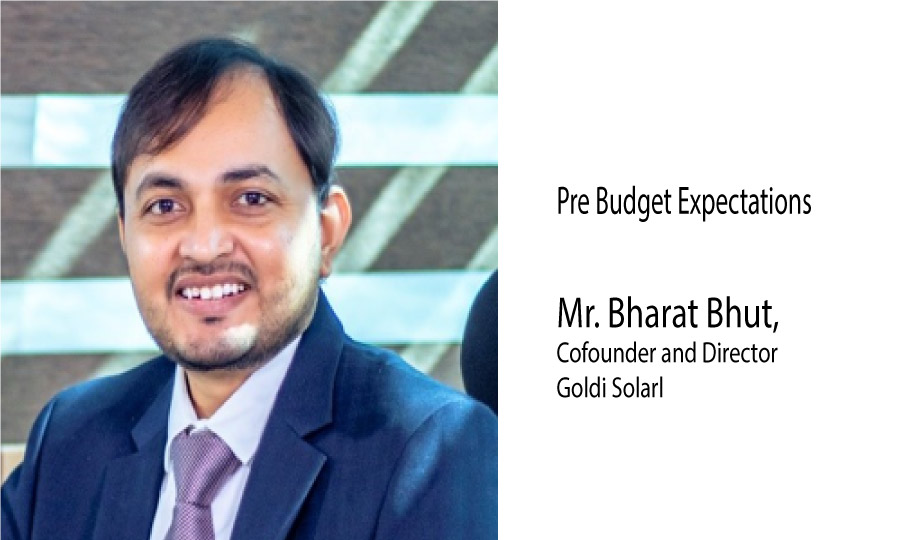
“Solar will play a key role in reaching net-zero emissions target by 2070. Incentives and targeted policies for manufacturers of solar raw materials need to be introduced to ensure a strong and self-reliant domestic solar manufacturing ecosystem. Focus should also now be on creating skilled professionals in cell and wafer manufacturing. Further, the government must provide capital subsidies or tax credits for the establishment of R&D centers to reduce reliance on outsourced technology.”
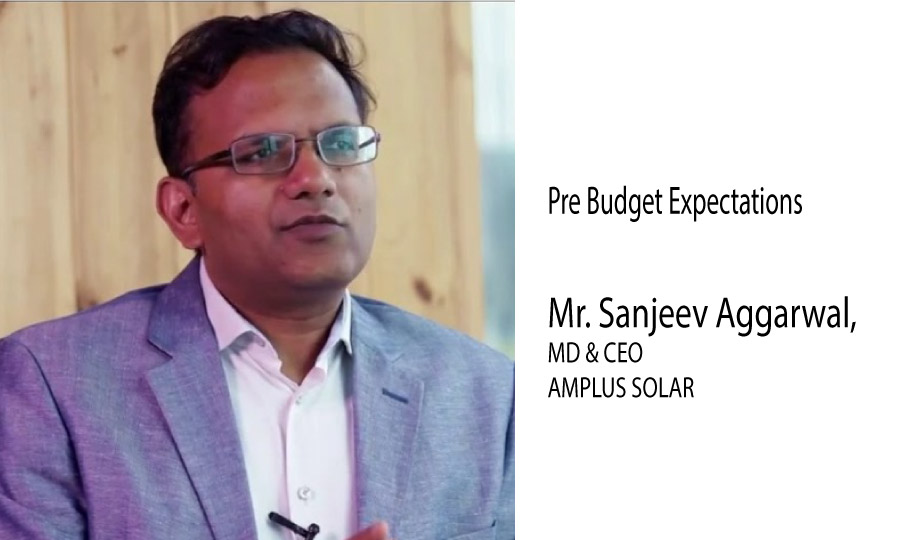
“The industry expects long-term policy stability to promote investments in the sector and there are various areas where the budget can provide that stability. The weakest link at the distribution companies end still remains to be addressed and it will be prudent for the government to provide long term solution to ensure their viability so that the large scale power plants can continue to attract investments.
Distributed solar is an important element of the energy transition and it will be useful for the country to provide tax rebates to the residential solar prosumers so that the solar rooftop and storage can pick up in a big way. Solar rooftop provides huge benefits like no new transmission requirement, utilisation of idle roof spaces and increased employment. This will also involve the citizens in a big way in fulfilling our Prime Minister’s vision of a green economy.”
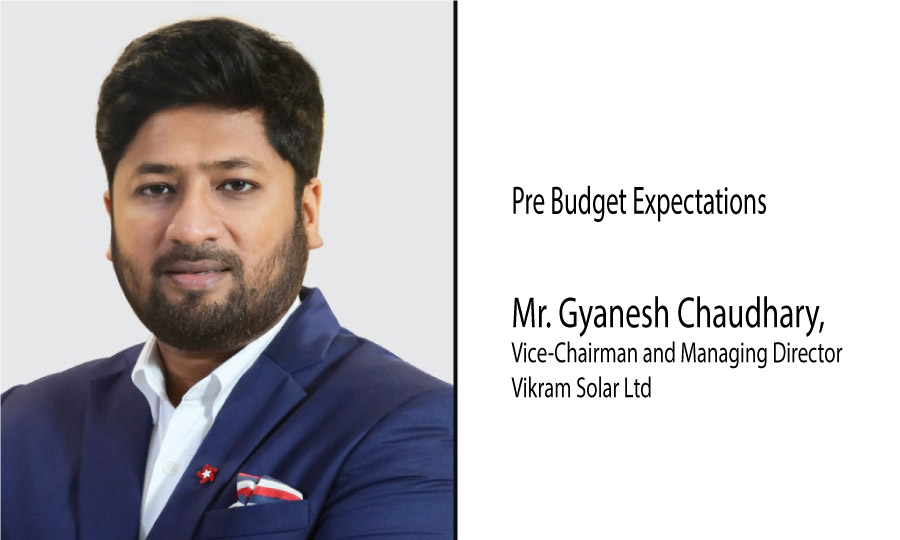
“The Government of India under the leadership of the Hon’ble Prime Minister, Shri Narendra Modi, has accelerated the transition to clean energy with solar adoption. This is evident from the achievement of the COP21 target of 40% renewables by 2030, nine years ahead of schedule. Solar (48.55 GW) has been at the forefront leading this transformation of India’s renewable landscape.
In order to achieve target of 500 GW renewable energy by 2030 announced at COP26 and enable the Aatmanirbhar Bharat vision, we are hopeful the Government will continue the targeted initiatives and policies to further strengthen the domestic solar manufacturing eco-system. This will accelerate economic recovery, create jobs, attract investments, increase exports, reduce dependence on imports and enable India’s Energy Security. To enhance global competitiveness of domestic solar manufacturers, the imposition of Basic Customs Duty (BCD) on solar cells & modules effective 1st April 2022, increasing the production-linked incentives (PLI) funding outlay for solar modules, enhancing the export incentive- Remission of Duties or Taxes on Export Product (RoDTEP) rates and ensuring it includes AA (Advance Authorisation) along with SEZ are critical policy interventions. We also urge the finance ministry to consider 5% Interest Subvention on term loans and working capital and upfront Central Financial Assistance of 30% on capex.
Further, to encourage domestic solar manufacturers to build scale with quality, the government should consider capital subsidy of 50% for setting up R&D and Quality testing infrastructure within the manufacturing unit and super deduction of 200 % for R&D expenses for solar technology development. The upcoming Budget must also consider allowing clearance from Special Economic Zones (SEZ) units to Domestic Tariff Areas (DTA) on a duty forgone basis. Additionally, we also recommend allowing conversion of SEZ units into DTA and permitting them to continue operating from the same infrastructure with enabling policies.”


